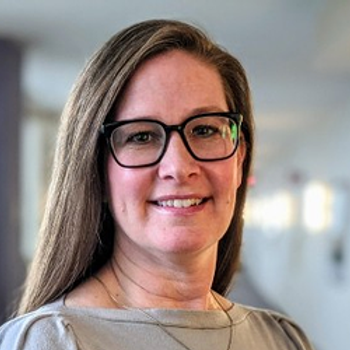
The 86th annual physician report: Why administrative burdens keep physicians away from patients
Medical Economics unveils its exclusive annual survey of physicians
Most physicians embarked on a career in medicine to help patients. But today, many are finding their days consumed with the administrative burdens required to manage a practice and adapt to the massive changes brought about by healthcare reform efforts, according to results from the 86th annual Medical Economics 2014 physician survey.
The result: Physicians are working the same long hours, but are seeing fewer patients, despite widespread reform efforts that should be leading to more patient visits, not fewer.
The data paint a picture of a physician who feels overburdened, burned-out, disrespected and disenfranchised, who increasingly
Mean salary comparison for employed physicians and practice ownersbelieves that the power to make positive changes in the lives of patients has been ripped from his or her grasp and concentrated in the hands of the government and insurance companies, who seek to downplay the importance of medical judgment in favor of “assembly line” medicine.
These burdens are exemplified by time-consuming challenges such as prior authorizations, International Classification of Diseases-10th Revision (ICD-10) preparation, electronic health record (EHR) hassles, maintenance of certification pressures, payer audits and more.
“What’s happening to medicine is it’s no longer about patient care,” says David Cohen, DO, a survey participant who is an independent practitioner in Oakwood, Georgia. “It’s about the bottom line. Healthcare has been taken over by MBAs who are not physicians.”
Still, most primary care physicians want to help patients and love the practice of medicine when they can cut through the red tape. About 6 in 10 practicing physicians surveyed said they would choose the same specialty if they had a chance to do-over their career.
Yet there is a creeping sense that the lives of physicians are getting worse. Only 43% of practicing physicians said they would recommend that their child or a friend’s child pursue a career in medicine, frequently citing the enormous debt load required to study medicine.
NEXT PAGE: The top issues facing primary care, according to physicians
Asked to name the biggest issue facing primary care, physicians cited the paperwork burden (69%), followed by reimbursement rates (68%) and third-party interference (47%). Other commonly-cited issues include:
- value of primary care vs. specialty care and use of midlevels (44%),
- healthcare reform (41%),
- malpractice/tort reform (38%),
- EHRs (38%),
- doctor shortage (24%), and
- accountable care organizations (20%)
Our coverage of this exclusive research focuses on four areas: physician productivity, ICD-10 readiness, practice finances and compensation and malpractice insurance.
Patient visits
Prior to the launch of the Affordable Care Act, policy experts predicted that the influx of more than eight million newly insured patients would overwhelm the primary care system. So far, however, the new patients have been absorbed with little problem.
Practice finances
Financially, most physician practices are either stuck in neutral or losing ground. Eighty-four percent of the physicians surveyed say their practices are doing the same or worse than a year ago. Nearly 40% say they are doing worse.
ICD-10 readiness
With 11 months to go until the transition to ICD-10 in October 2015, half of the physicians who responded to the survey said they are not ready for ICD-10.
Malpractice insurance
On the surface, medical malpractice premiums appeared little changed in 2013 for primary care physicians. But a closer look at the results reveals fluctuations in payment amounts depending on a doctor’s age, location, workload and practice size.
NEXT PAGE: Who took the survey?
Newsletter
Stay informed and empowered with Medical Economics enewsletter, delivering expert insights, financial strategies, practice management tips and technology trends — tailored for today’s physicians.
















